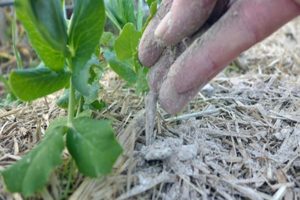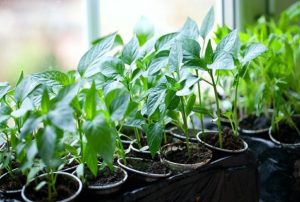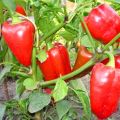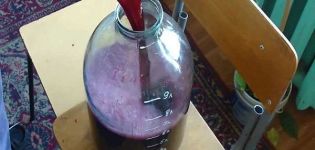Characteristics and description of the Claudio pepper variety
Sweet peppers are a frequent visitor to household plots located in areas with a warm climate. The variety of hybrid species allows every summer resident to find his own variety, which becomes his favorite: this can be said about the Claudio F1 pepper. The uniqueness of the variety determines the variety of uses of the fruit and the ease of growing crops.
Description of the variety
Claudio pepper is a type of sweet bell pepper that belongs to the hybrid category. Semi-sprawling bushes, still powerful, under favorable conditions can reach a height of 0.7 meters. Leaves of medium to large size are wrinkled.
The fruits of this variety are large, resembling an elongated cube in shape. The shiny skin is smooth and very thick. In an immature state, the fruits are dark green in color, however, as they ripen, they acquire a dark red color.
One bush can give a vegetable grower up to 1 kg of large beautiful peppers. Each weighs 200 grams, the wall thickness is up to 1 centimeter. The difference is in heat resistance. Under climatic conditions characterized by heat and dry air, the pepper will not slow down its growth and will give an excellent harvest, the walls of the fruits will remain the same thick and fleshy. Up to 300 centners can be removed from one hectare. The number of marketable fruits will be at least 95 percent.
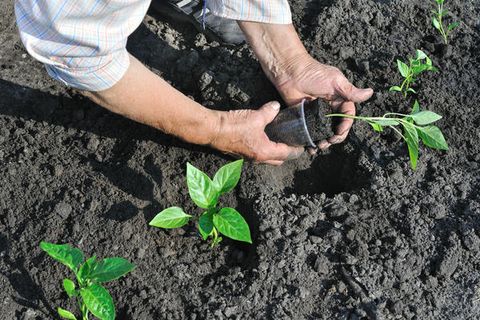
This is a very good indicator, which is why Claudio is used with great success for industrial cultivation on farms.
The variety is resistant to the tobacco mosaic virus. This is reflected in the characteristics and description of the variety with which it was registered in the State Register of Russia. The uniqueness of the species allows Claudio to be grown in the North Caucasus - a region with a hot and humid climate.
Fruit use
Claudio fruits can be used everywhere. Its delicate pulp allows you to eat the fruits in a variety of forms:
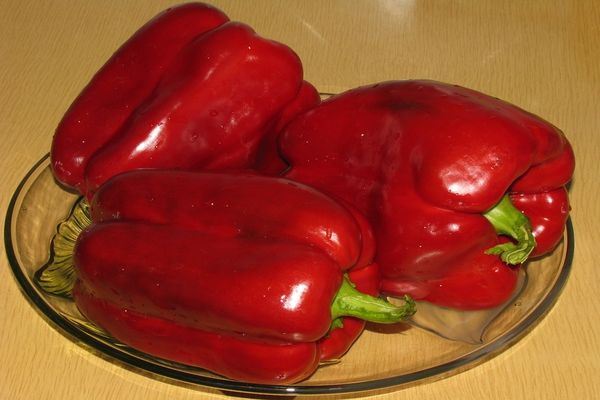
- as an ingredient for fresh salads;
- pickled;
- as a basis for stuffing;
- in salty form.
Claudio fruits perfectly tolerate freezing, can be dried and preserved. The pulp contains a large number of components that are useful for both children and adults.
It is customary to collect the fruits of the Bulgarian pepper Claudio in a green state. This is explained by the fact that the peppers ripen perfectly at room temperature, and this harvesting procedure allows you to preserve the presentation of a larger number of fruits. There is nothing to worry about, since green peppers already have good juiciness and meatiness.
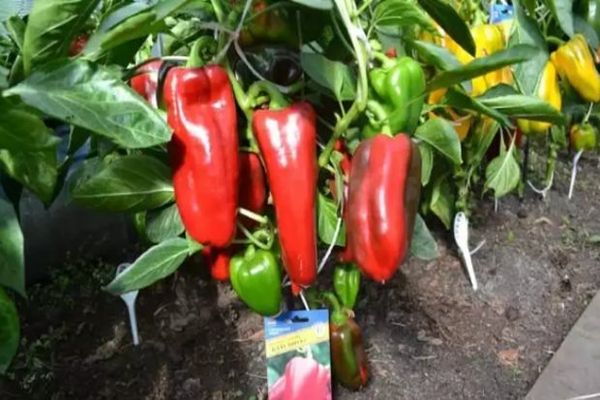
You can eat Claudio raw, for this you need to chop or just cut the fruit.It contains a huge amount of useful trace elements.
Interestingly, bell peppers hold the record for vitamin C. The amount of ascorbic acid in peppers even exceeds the amount found in citrus fruits.
Advantages and disadvantages
The variety has a considerable number of advantages, reflected in the description of the Claudio F1 pepper. Main positive characteristics:
- unpretentiousness to growing conditions;
- disease resistance;
- large-fruited;
- heat resistance;
- the possibility of long-term storage;
- good transport tolerance;
- excellent taste;
- early maturity;
- versatility of use.
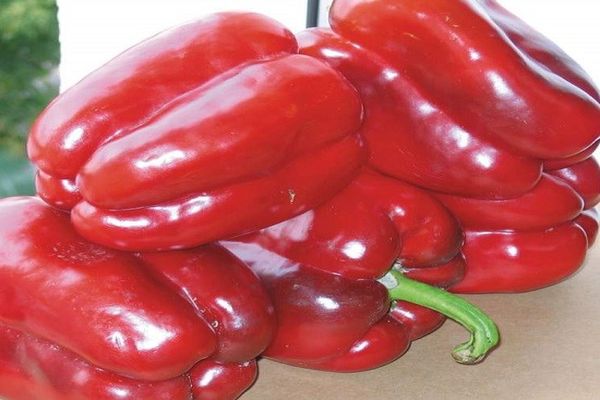
In addition to the indicated advantages, Claudio pepper is marked by some other nuances:
- increased requirements for indicators of substrate moisture;
- low speed of transition from the state of technical maturity to complete coloring.
Knowing about the main advantages and disadvantages of the variety, you can correctly plan the process of growing a crop and get an excellent harvest.
Growing features
The versatility of cultivation is one of the most striking advantages of the culture. It can be cultivated both in a greenhouse and in an open bed. The description of the variety speaks of its early maturity. This leads to the fact that gardeners begin to feast on the first delicious vegetables already two and a half months after planting the seedlings.
Bell peppers make some demands on the soil on which they grow. In accordance with them, it is recommended to grow it where such plants previously grew:
- cabbage;
- beet;
- pumpkin;
- peas;
- other legumes.
You cannot plant bell peppers in place of beans.
Planting seed for seedlings should begin around mid-March, but each grower determines this period by trial and error, taking into account the conditions in which Claudio pepper will be grown and the climatic features of the territory.
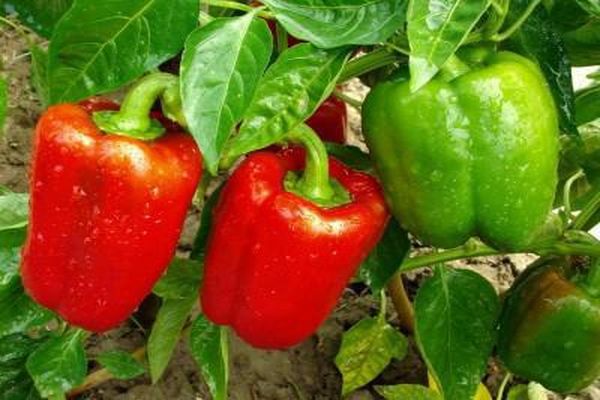
Pepper seeds are planted, deepening them by 1 centimeter. The distance between the seeds should be at least one and a half centimeters. If you reduce it, the grown bushes will begin to shade each other, which will have a bad effect on their condition.
Immediately after planting, the seeds should be watered and covered with a thick film to recreate greenhouse conditions.
After sprouting, you should especially carefully monitor the air temperature. The indicator should not be lower than 22 ° С. The parameters of soil moisture and illumination are of fundamental importance.
When planting seedlings of Claudio pepper in the ground, you should remember: the plants should not be located near the cucumbers. The scheme that must be followed during the planting process is as follows: one plant should grow in an area that is limited by a distance of 0.4 by 0.5 meters. The threat of frost should no longer exist at the time of planting.
The place of the future landing must be prepared in advance. For this, the substrate in which Claudio is to grow should be fed with potash and phosphorus-containing fertilizers in the fall. Immediately at the time of disembarkation, the holes should be filled with water. The soil is recommended to be sufficiently loose, a drainage device is desirable. The amount of incoming light should be monitored - if there is a shortage, it is recommended to equip the greenhouse with additional light sources.
